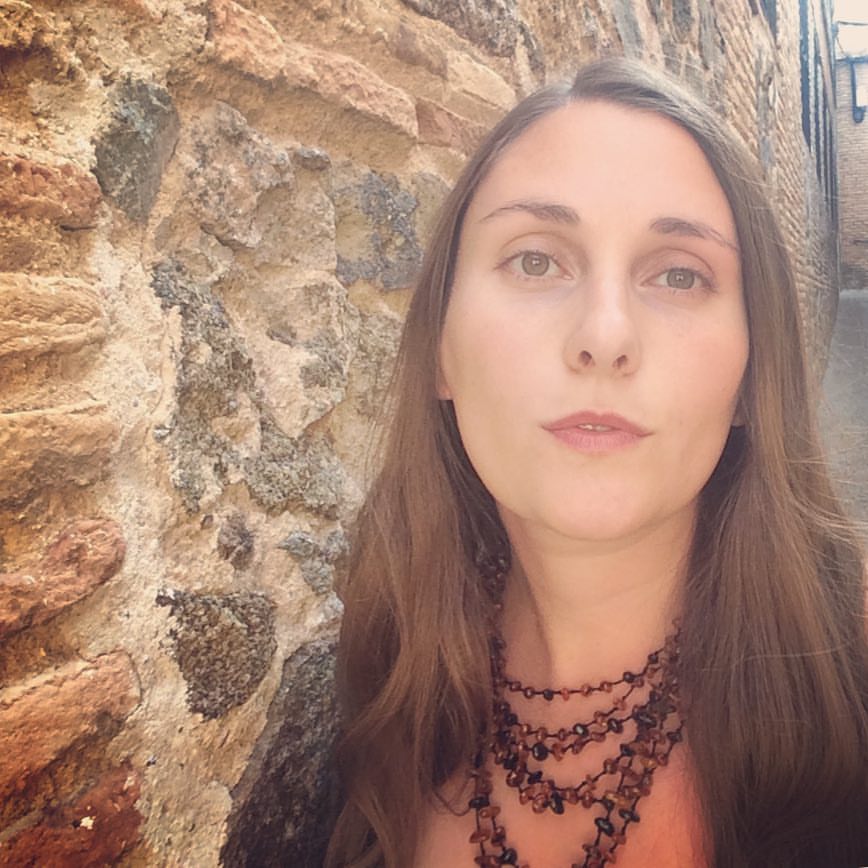
Given the frenetic pace with which the Trump White House elicits outrage, the administration’s proposed 2018 budget—which would cut funding for the National Endowment for the Arts, along with the Corporation for Public Broadcasting and the National Endowment for the Humanities—seems already to have drifted from the public consciousness. Now, amid President Trump’s trip to France on the heels of “Donnygate,” there has been little coverage of today’s vote when the House Appropriations Committee will decide whether to approve a bill proposing $145 million for the NEA in 2018.
The truth is, I was somewhat surprised by how many people did express outrage when, earlier this year, it was announced that Trump would likely be shutting down the NEA. The NEA has been underfunded for years, inciting little protest from most Americans—indeed the appropriations bill being decided on Tuesday includes $5 million less than the NEA was given in 2017. The support the NEA currently provides is invaluable, and the United States would suffer from its absence. But the fact is, even with the existence of the National Endowment for the Arts, making a living as an artist in the United States is extremely difficult. This is not the NEA’s fault—it accomplishes a great deal with limited funding. Rather, the problem stems from a general lack of appreciation for art in this country, or perhaps simply a lack of understanding of how art is created.
The NEA no longer provides direct support for individual visual artists. Of the grants the NEA provides, only the literature fellowships accept direct applications from artists—writers and translators in this case. Yet I can attest to the good that such direct support could have: I was awarded one of these fellowships in 2016, to translate a book of poetry by the Yiddish poet and Holocaust survivor Abraham Sutzkever. The grant was small—only $12,500. Still, I was ecstatic to receive it. I had spent the previous few years receiving more rejections than I can count and the fellowship was a badly needed breakthrough.
Given the relatively small award amount, I worried that family and friends wouldn’t understand how prestigious it was. I wasn’t sure whether to be encouraged or dismayed by the response I received from some, who said that the grant was “a lot of money for something creative!”
Part of me preferred the frankness of some of my friends in the sciences, who tended to ask what I could really do with $12,500. These were people, often not born in the US, who had received grants they could live on. What was the point, they wondered, of giving out a grant if it was going to be so small?
I have often thought that arts funding could benefit from the perspective that drives science funding (disregarding, for now, that the Trump administration seems as contemptuous of science as it is of art). I grew up with a serious illness, which was not properly diagnosed for many years, and I might not be alive today were it not for antibiotics and a cocktail of other medications, some of which I still take every morning to function. Yet, the reality is, when it comes to my survival during the years when I was extremely sick, literature itself served as an essential kind of medicine. It taught me to see worth and meaning in my experience and lifted me out of depression at a time when it was unlikely that my physical health was ever going to improve. When I was too sick to read, I derived similar benefits from music.
In 2006, when Ruth Lilly left a nearly $200 million bequest to Poetry Magazine, the literary critic Harold Bloom wrote, “We have thousands of very bad poets in the USA. There are also twenty or so good ones… All that money should be used to fight poverty and illness here and abroad.” The Poetry Foundation, which manages the money Lilly left to the magazine, has since weathered criticism regarding how much of that money actually goes to poets, but the quote from Bloom has stayed with me. Where are those 20 poets left if none of them are financially supported? Most scientists who set out to find a cure for a serious illness don’t succeed. Sometimes, those who do make important discoveries spend years being ridiculed by the medical establishment before seeing their work accepted, as happened to Barry Marshall and Robin Warren, the researchers who discovered that peptic ulcers were caused by H. pylori and not by stress.
Similar conundrums exist in the art world. Many great artists have been ignored during their lifetimes only to be celebrated later, while others received acclaim in their day and were then quickly forgotten. Sometimes an artist may only manage to produce one or two brilliant works amid a string of misfires. These are issues that those seeking to support the arts should take into account. When we fund the sciences, knowing that not every scientist will cure ALS or stop climate change, we affirm that such goals are necessary. The goals of artists—to deepen understanding and increase compassion, to help some of us weather the night, to relate the effects of illness and the disasters of climate change—are necessary too.
I grew up excluded from many institutions because of illness, and I translate poetry from a language that has always been stateless, whose speakers were murdered in the Holocaust, and which is burdened with misconceptions. In addition to the very real financial help my fellowship offered—small as it was—I’m still moved by the affirmation I received from the National Endowment for the Arts: that my work was a contribution to the United States, that it embodied a goal worth funding.
Maia Evrona is a poet, writer, and translator.